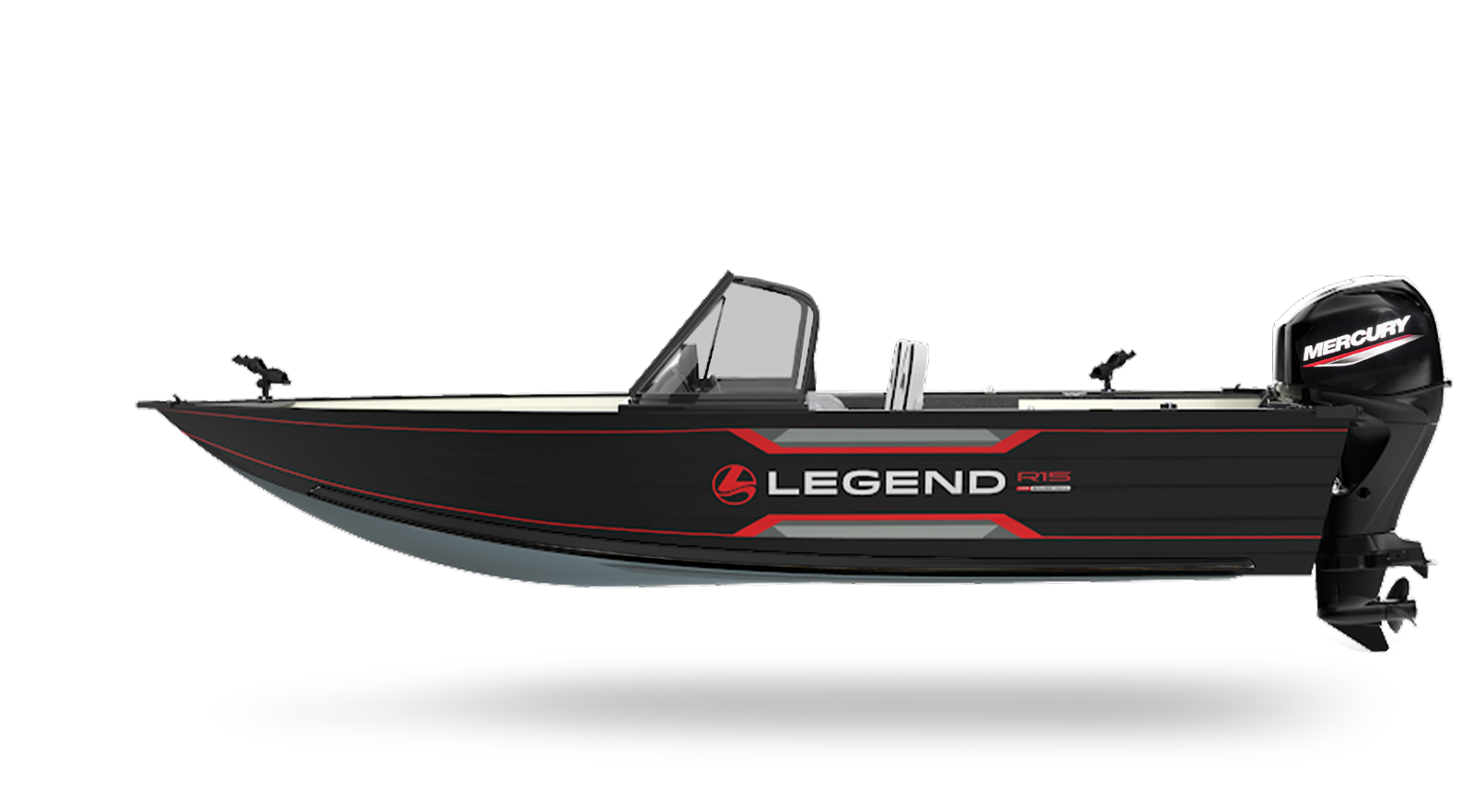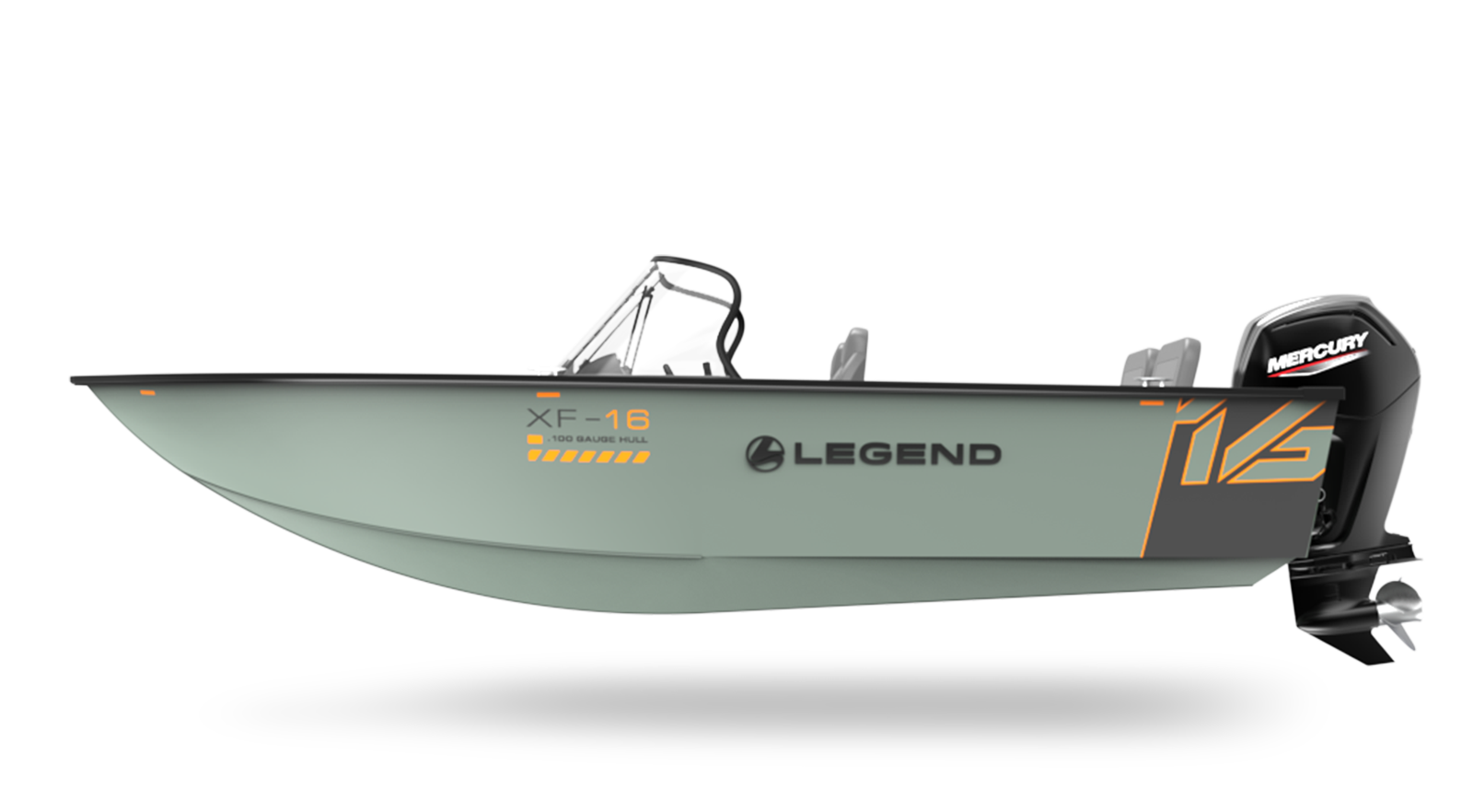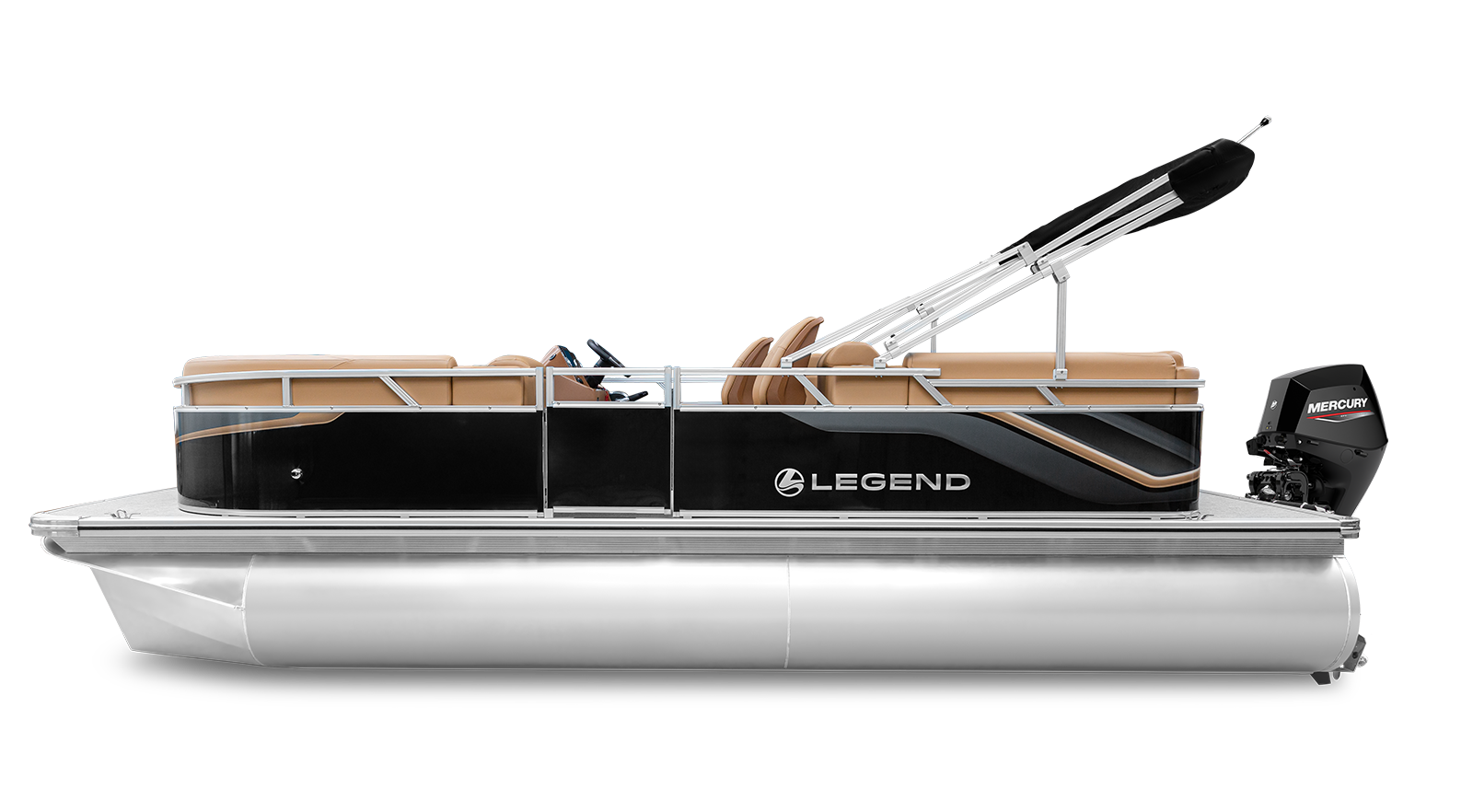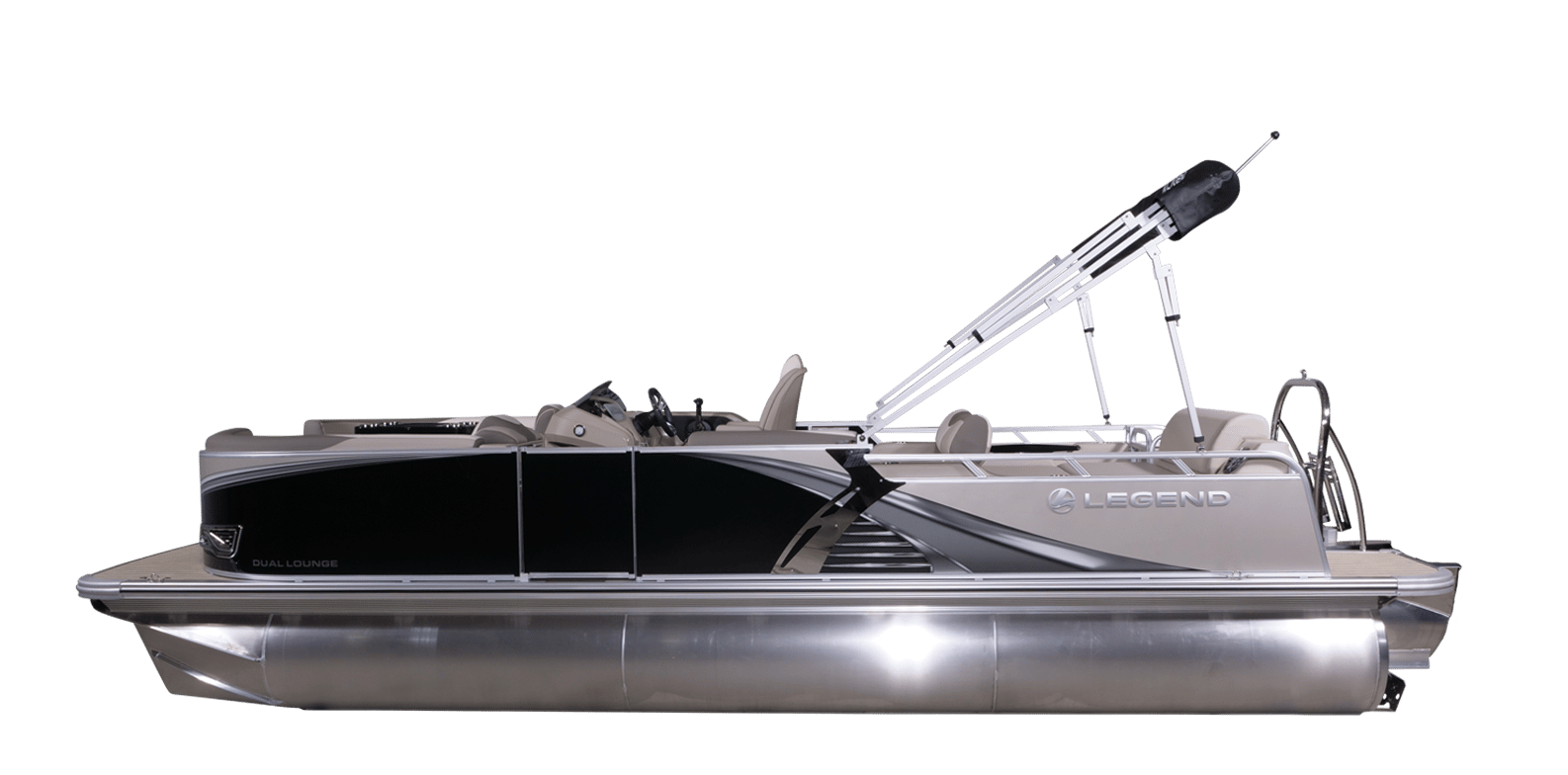Boat Navigation Lights: Red, White, and Green.

Your boat’s navigation lights are a fundamental safety feature. Yet many people don’t know or understand how they work. In this post, we’ll give you the quick run down of why they’re important, and how to interpret them when you see a distant boat on the water.
What do the lights mean?
When you’re driving a car, every vehicle on the road must stick to their designated lane. You don’t have to worry much about oncoming traffic, because they’re in another lane.
On the water, there are no such lanes1. So it’s important to be able to not only spot other boats, but to be able to figure out whether they’re coming towards you or not.

Navigation light placement on a boat help you determine which way the boat is heading.
If the other boat is:
- Travelling from your left to your right (a.k.a. from your port side to your starboard side), you will be able to see a white light above the boat, and a green light on its starboard side.
- Heading towards you, you will see a green light on its starboard side, a red light on its port side, and a white light above.
- Travelling from your right to your left (a.k.a. from your starboard side to your port side), you will see the red light from its ports side and the white light above.
- Heading away from you, you will see only the white light from the stern (rear).
In other words, you should be able to see a white navigation light from any direction. See a green light? That’s the starboard side. Red light? Port side. Only see the white light? You’re looking at the stern (rear) of the boat.
—
1 Major ships do follow shipping lanes, but that’s a whole other subject and doesn’t apply to recreational boaters.

















